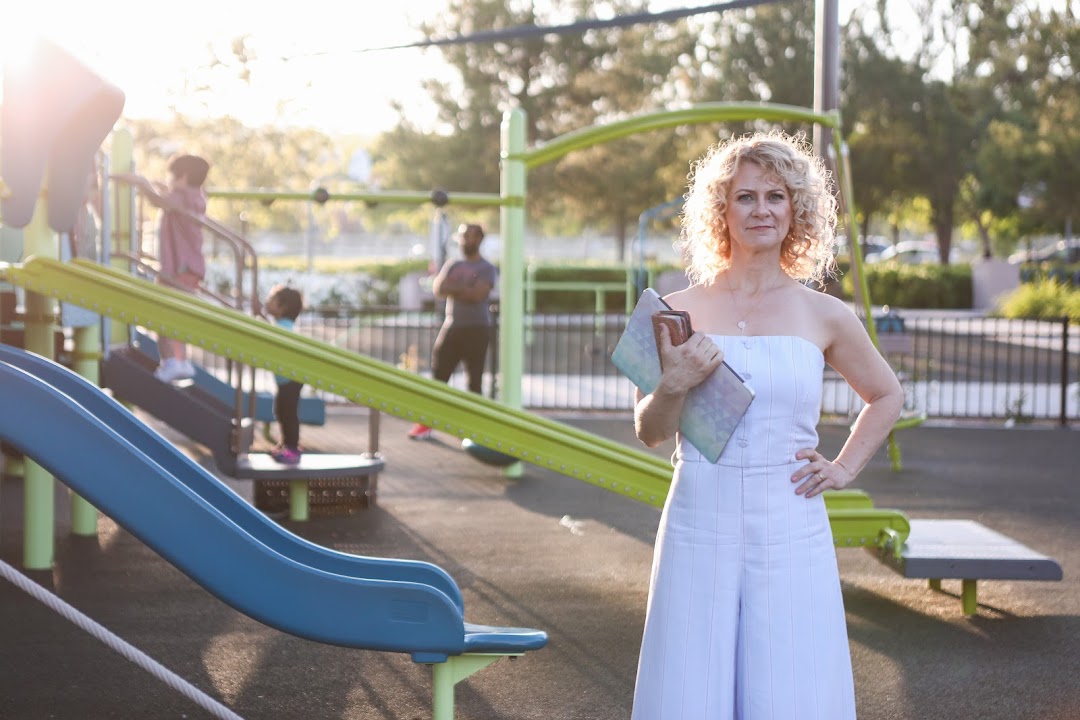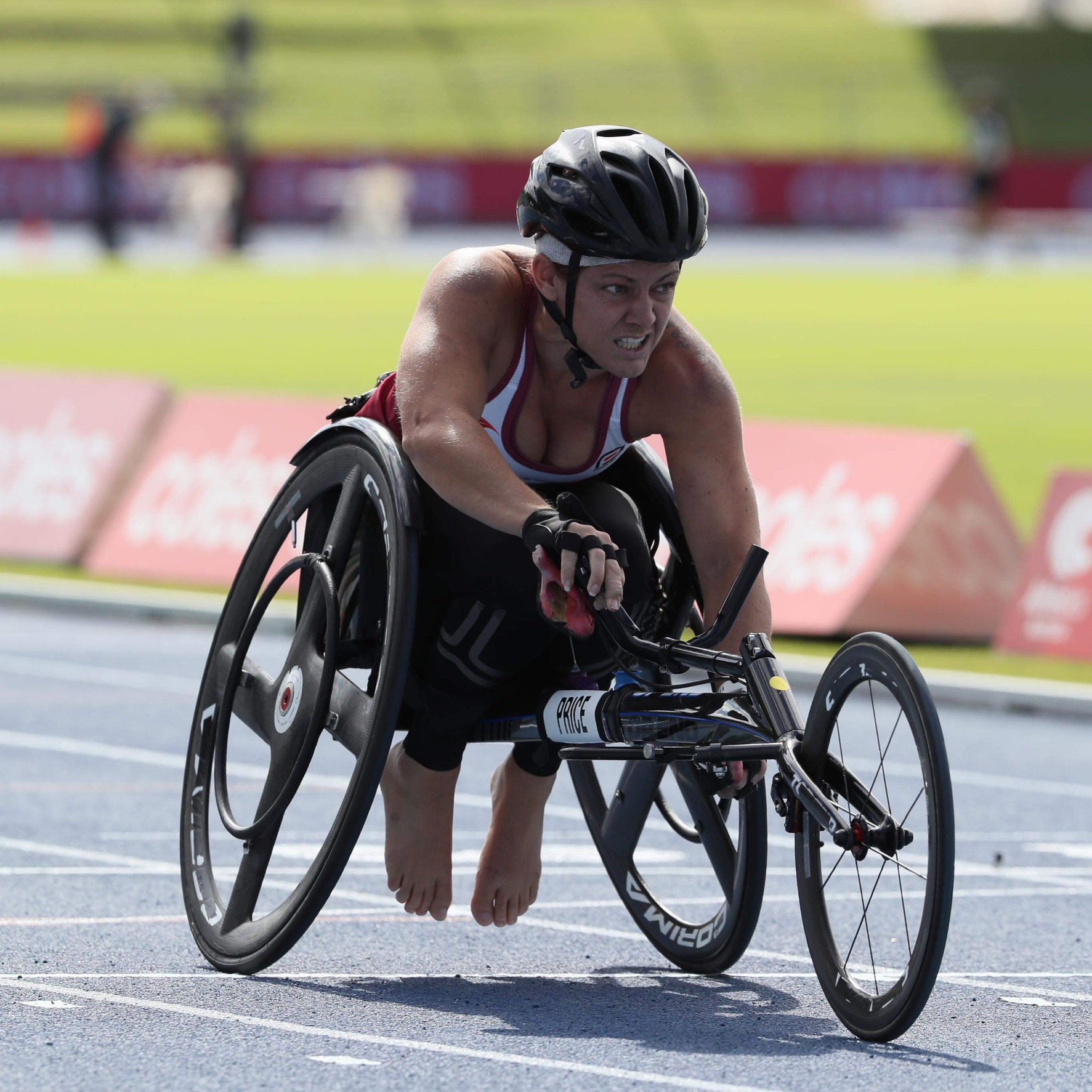Cervical screening saved my life
At age 29 and with no symptoms, cervical cancer was the last thing on Laura Flaherty’s mind, but she knew she was due for her regular screening.
“I’d been given the ‘all clear’ after my last smear test three years earlier, so I really wasn’t concerned and I put it off for a few months because of the Christmas holidays,” she tells This Is MedTech. Once the holidays had passed, Laura had the test done, not least to stop her mum nagging. She remembers ringing her mum afterwards and the conversation that still haunts her: “I told her: ‘I’ve had my test so you can leave me alone now. Anyway, I’m pretty sure I’d know if I had cancer.’”
Cervical screening, also called a smear test, involves a health professional inserting a small soft brush into the vagina to quickly take a sample of cells from your cervix, or the entrance to the womb. The sample is sent off to a lab, where cell changes caused by high-risk human papillomavirus (HPV) can be detected. There are many different types of HPV – a common virus that’s mainly transmitted through sexual contact – but some high-risk types can cause cervical cancer, which is the most prevalent type of cancer in women aged 35 and under.
According to Jo’s Cervical Cancer Trust, 75% of cervical cancers can be prevented by smear tests. The UK charity, which is raising awareness through its Cervical Cancer Prevention Week from 21-27 January 2019, says that being screened regularly means any abnormal changes in the cells of the cervix can be identified at an early stage and, if necessary, treated to stop cancer developing.
About six weeks after her smear, Laura received a letter talking about abnormal cells, HPV and CIN3 dyskaryosis (a classification used to indicate how much of the cervix is affected by abnormal cells), which may as well have been in another language. “I didn’t understand and nobody at the clinic where I’d had the smear was available to explain it to me, so I was left in limbo,” she recalls. “I did loads of googling and it was horrendous.” The letter also said that Laura needed to have a colposcopy – a procedure to examine her cervix more closely and take a tissue sample (biopsy).
After that procedure and another agonising six week wait, Laura got a phone call from the doctor saying she had an appointment the following day. “They suggested that I might want to bring a family member,” she notes. Nevertheless, she went to the appointment on her own and that’s when she heard the words she was dreading: “I’m really sorry, but it’s cancer.”
“It’s hard to explain how many thoughts go through your head in the first 30 seconds of being told you have cancer. I thought of dying, my kids who were only two and six at the time not remembering me, who would look after them, missed birthdays, and so on,” she says. “I sat there crying and begging the doctor to save my life.”
Following her diagnosis, a magnetic resonance imaging (MRI) scan revealed the location of the cancer and how advanced it was. “I was incredibly lucky that it was Stage I, which meant that it hadn’t spread. I would need a hysterectomy but not radiotherapy or chemotherapy,” she explains. The surgery to remove her womb wasn’t easy, but she realises that it could have been much worse.
Laura is now fully recovered and passionate about educating women on cervical cancer and the importance of screening. “I realised how little I knew and how I didn’t take it seriously, and I wondered how many others don’t know about HPV,” she says. “The only way to protect yourself is through screening. If I’d waited until I had symptoms, it would’ve been too late.”






